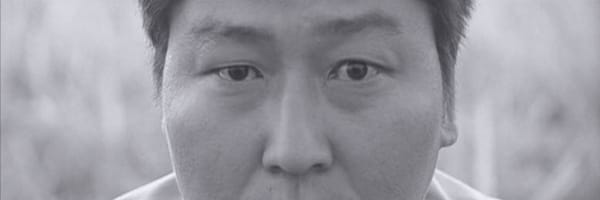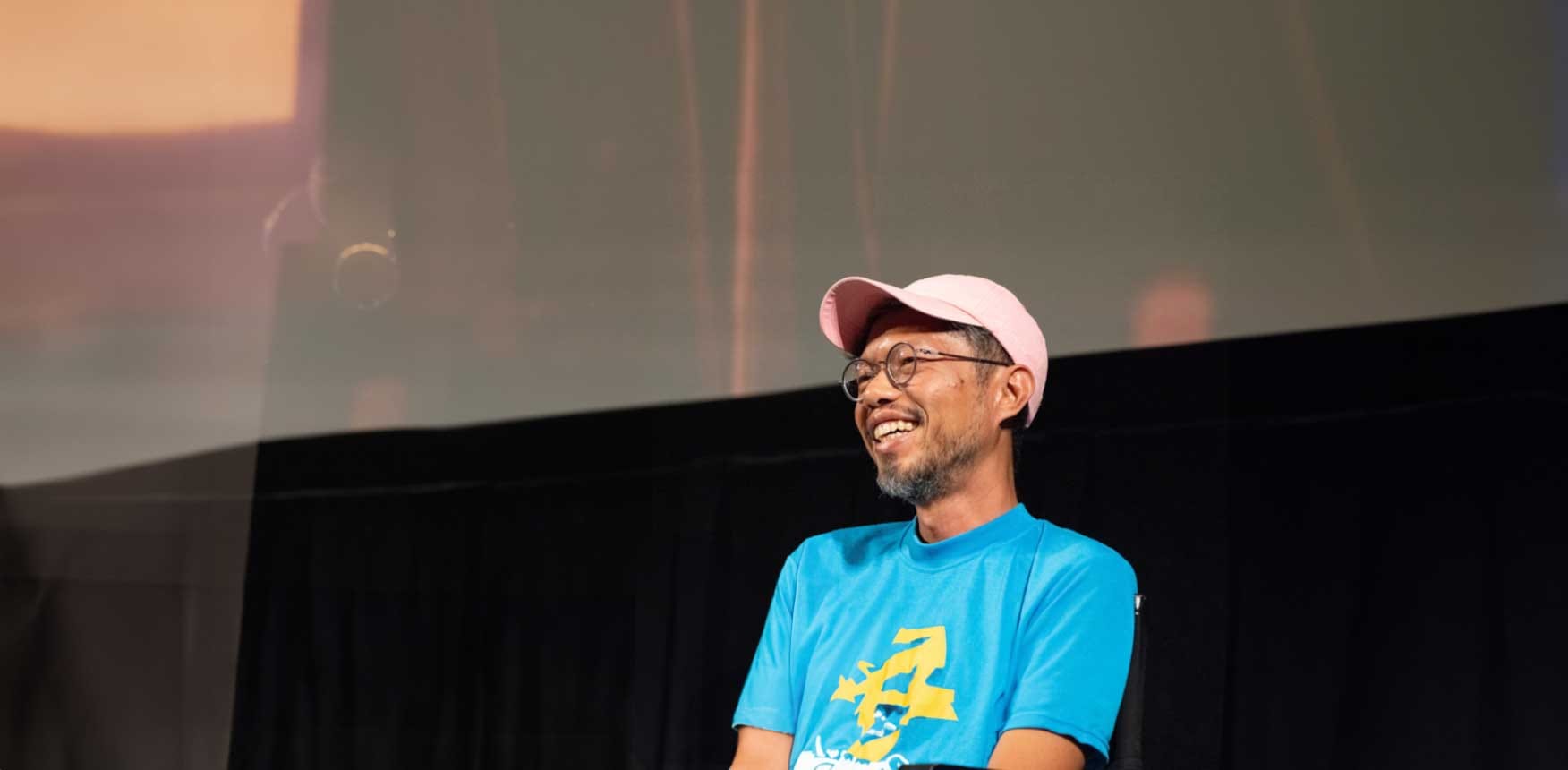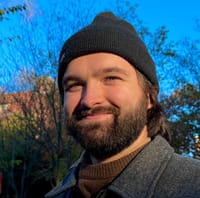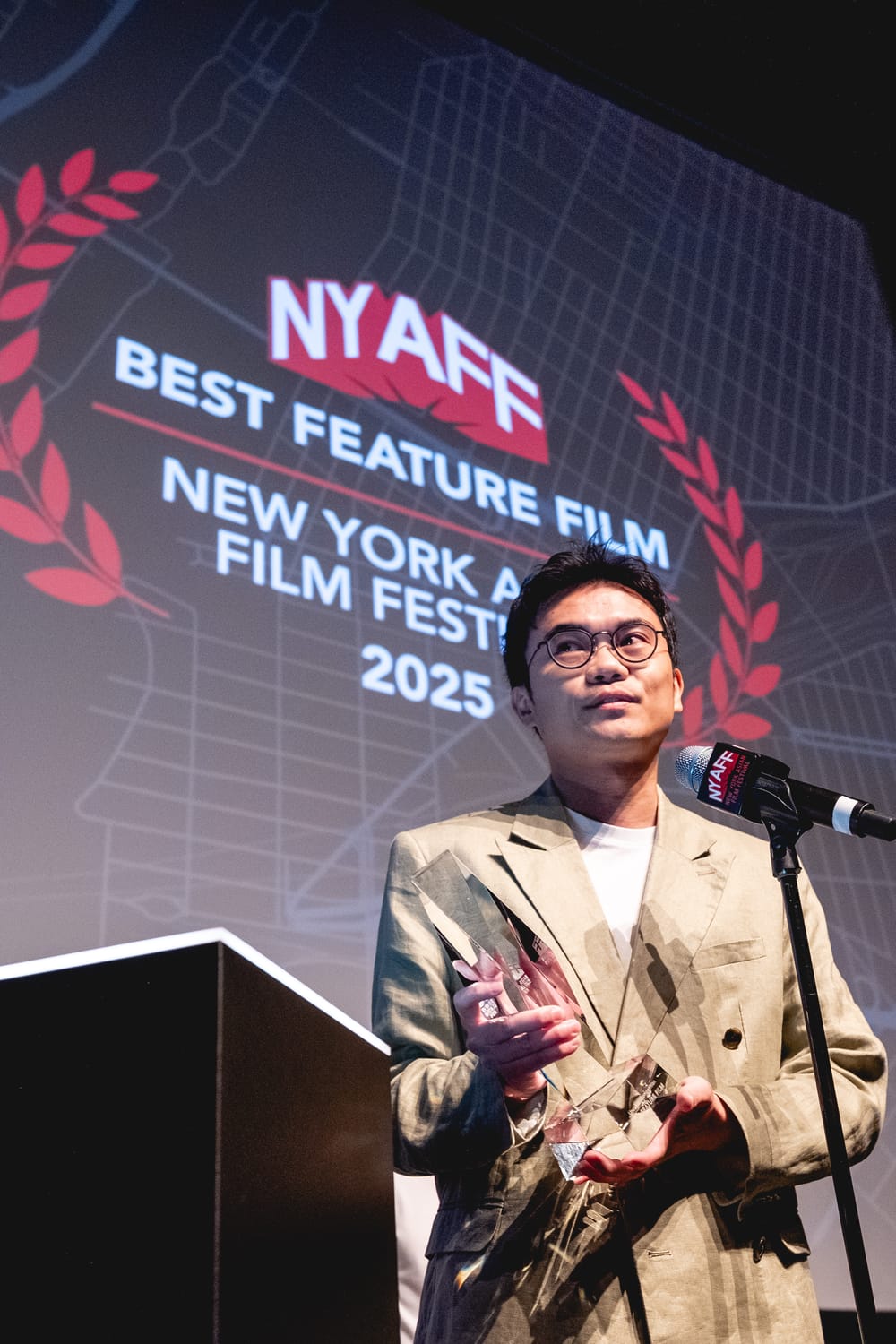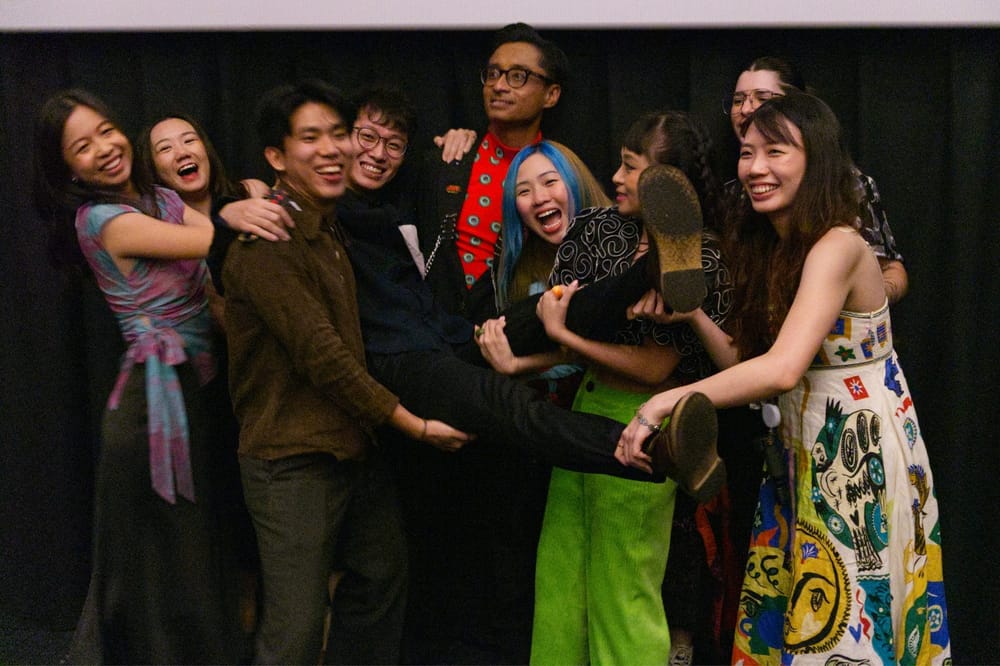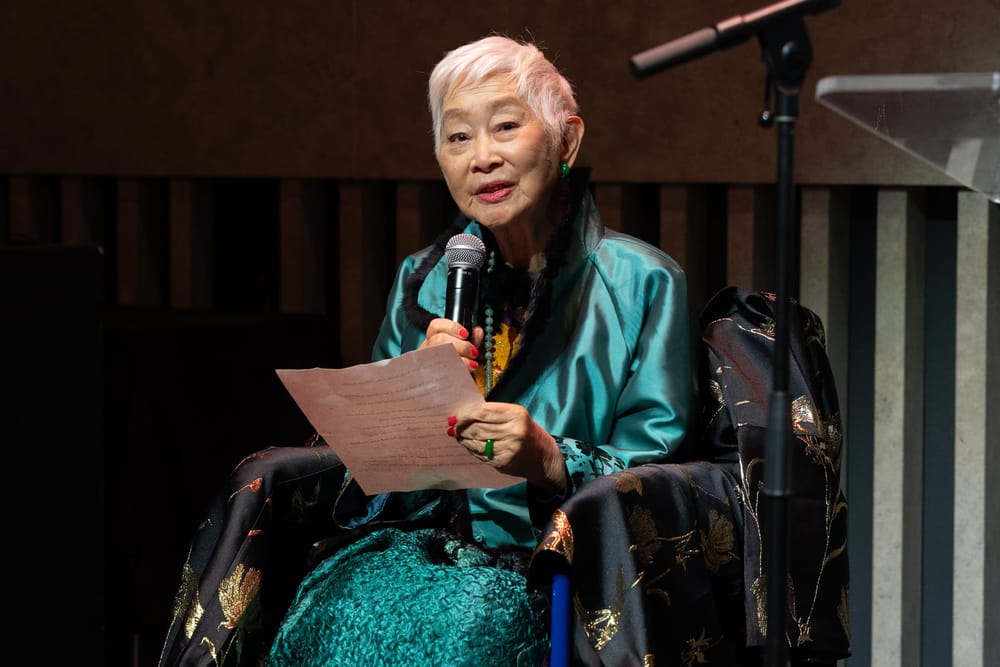By Dylan Foley
"Faces of Anne" begins in a predicament reminiscent of Oh Dae-su’s forced imprisonment in "Oldboy," but for Anne, being sequestered in a room for an unknown length of time is the least of her problems. She finds herself trapped in a psych ward that leads into a forsaken labyrinth inhabited by a number of other patients also named Anne and a sledge-hammer swinging cervine demon who pursues them. There is no main character in the traditional sense, but in its place a merry-go-round of famous and up-and-coming Thai actresses (like Chutimon Chuengcharoensukying and Praewa Suthamphong) who take turns anchoring the film as different versions of Anne, their faces shapeshifting quite literally in real-time at some points.
As we learn these "Vertigo"-esque doppelgangers are mere figments within the subconscious of Anne’s disintegrating real-life identity, we are simultaneously confronted with destabilizing time loops of "Groundhog Day" fame, making for a disorienting experience of inventive magnitudes. Co-director Rasiguet Sookkarn, known previously as the production designer behind films like "Pop Aye," "36," and "Where We Belong," sat down to talk about "Faces of Anne’s" psychological horror and the duplicity of online identity that serves as the premise for its collage.
This interview has been condensed for clarity and was conducted through an interpreter.
Dylan Foley: So this was your first time directing since you took part in the omnibus film Five to Nine eight years ago. What made you want to come back to directing and how did your experiences as a production designer help prepare you for the transition?
Rasiguet Sookkarn: So after directing Five to Nine, I always wanted to come back to directing because of how much control it gives you over every element of a film. After collaborating with my co-director (Kongdej Jaturanrasamee) as a production designer many times in the past, I was able to learn from the way he worked and channeled that experience into designing my own part of the film. I’ve been working with Kongdej since the very beginning of my career and we’ve grown closer over time and our relationship has developed more and more with each project. That kind of shared experience where you have years of collaboration together allowed us to develop a common visual and filmmaking language so that when I would see something subtle or complex in Kongdej’s screenplay, I’d be able to understand the nuance and details hidden within it.
DF: What about Faces of Anne in particular made you want to be involved as a co-director with Kongdej?
RS: Mainly because Kongdej and I share a number of similarities in our personal lives. Kongdej has two twin daughters and my family is made up almost entirely of women. Having that background shaped my worldview in such a way that when I read the screenplay for Faces of Anne, I felt like I could contribute a distinct angle and being a co-director best allowed me to exercise that.
DF: Throughout the film, there are a lot of references to Hitchcock's Vertigo, from the shapeshifting identity of Anne, to the doppelgangers, and even the poster we see at one point. What drew you to Hitchcock in relation to the more current internet psychology that you're exploring here?
RS: The idea came from a desire to make a film about the identity of women in Thai society and Hitchcock explores that topic in a complex manner, especially in Vertigo, which I love. I think a significant problem in the younger generation these days in the era of social media is that anybody can be anybody. The platforms encourage that with online avatars and so forth, and the film deals with those questions of identity which have become further complicated for the younger generation these days, especially for young women.
DF: From my count, there were over 20 different actresses playing different versions of Anne. What was the casting process like and what was it like finding so many actresses to play the same character?
RS: The hardest part was COVID. We started filming after the pandemic began, but later Kongdej, (producer) Soros Sukhun, and I realized we wanted this to be a film that would bring people back to the theaters. So we thought of this idea of making a film that could utilize a number of famous actresses and we used that concept to intrigue audiences. And that's how we started doing casting to find the actresses who played each character. We had to find Anne number one, number two, number three, and so on, but the goal was to find actresses who suited the individual characteristics of each Anne
DF: I read an interview with Kongdej where he mentioned how there was less of an inclination in the Thai film industry to make psychological thrillers like this. Did you encounter any resistance trying to make this kind of film? From investors or the audience?
RS: So actually, for this project, we had been developing it even before the pandemic, and that process started two years before the pandemic. At that time we were with another investor, but after the pandemic died down, the team decided to talk with M Pictures, who wound up being the financier for this film. And they liked our idea and didn’t really comment very often. There was very minor resistance from them during production. When the film got its theatrical release in Thailand the reaction from the audience was quite nice and positive but when the film went on Netflix in Thailand, the feedback was actually very bad.
DF: Really? Was there anything specific that they were saying?
RS: Well, when a film goes on Netflix, it opens it up to the world of social media and then anybody can watch and give comments. Perhaps the audiences that went to see the film in cinemas and those that watched it on Netflix belong to two different groups of filmgoers.
DF: Streaming audiences and people who go to the cinema.
RS: I'm not so sure about the world, but in Thailand there is a distinct difference between those two groups.
DF: So I'd like to talk a little bit about the setting of the film because it takes place in this sort of dream-world subconscious maze. How did you go about piecing together that labyrinth?
RS: Originally, when Kondej started the idea for the story, it was supposed to take place on the abandoned cruise ship hotel in Koh Chang. And so Kondej went to research the actual location and that research is what really started this project. Of course there’re a significant amount of alterations to that original concept, but the visuals of the film are based on that. And we tried to mirror the visuals of the individual progressions of the states of mind of each Anne, using the different locations throughout the film to externalize the different states. The story of her escape takes her emotionally and physically from that small enclosed space of the initial room, to the freedom of the open outside.
DF: Video games also play a large role in the film and become an escape for Anne with the introduction of digital reality and avatars. Being pursued by this evil omnipotent deer reminded me of Resident Evil. Is there any correlation there? Do you feel like these alternative realities contribute to her alienation?
RS: The video game part allowed me to explore the visual world of the film in a way that presents more possibilities than what I can do normally. And video games are a form of entertainment where you can choose your character: if you’re a girl, you can choose to play with the male character, and vice versa. In a way, this reflects Anne’s state of mind, and video games give this girl seeking to play the role of a man the space to indulge that.
'Faces of Anne' screened as part of the Uncaged Competition at the 22nd New York Asian Film Festival.

